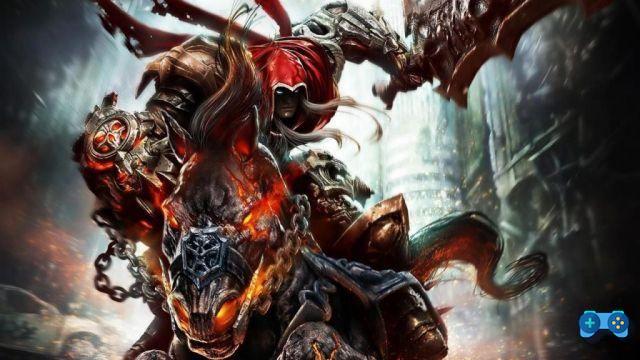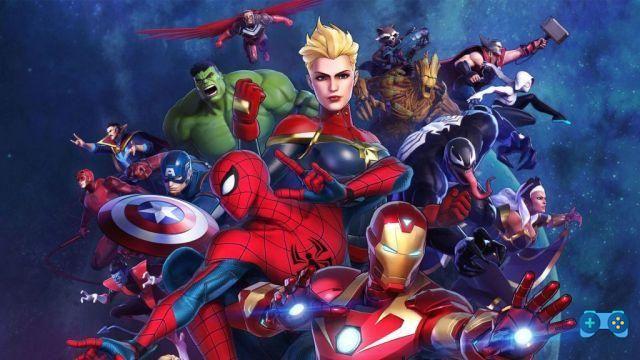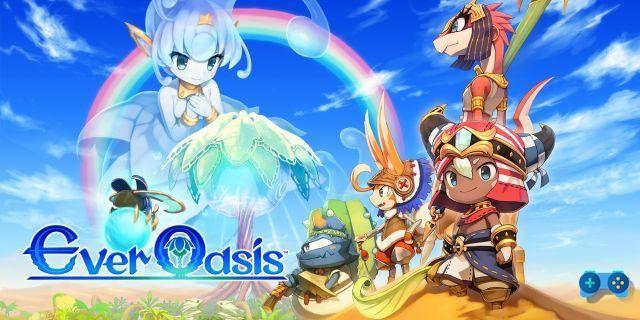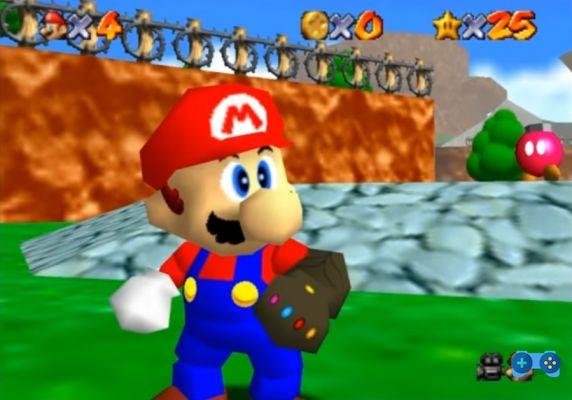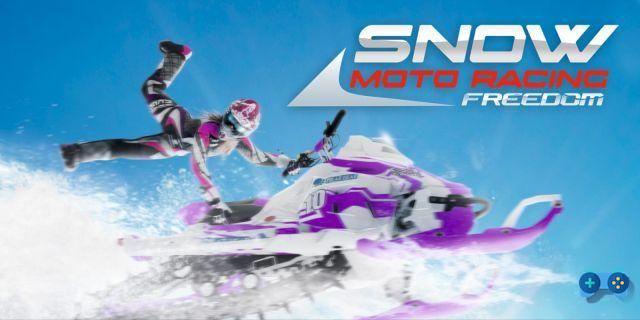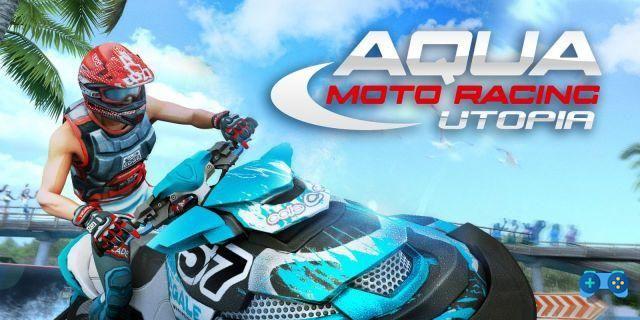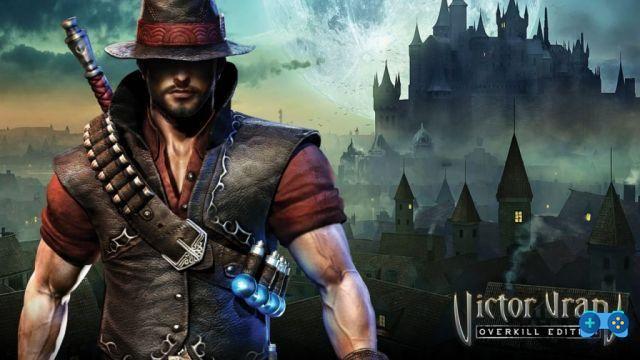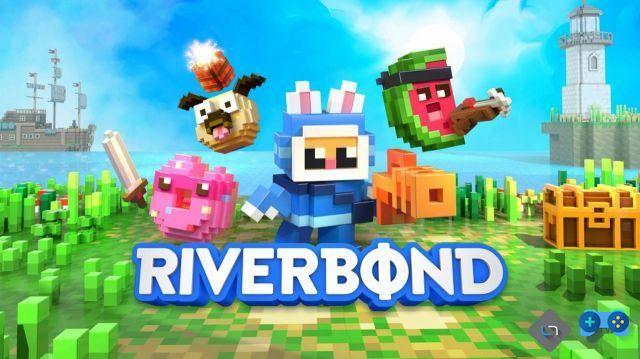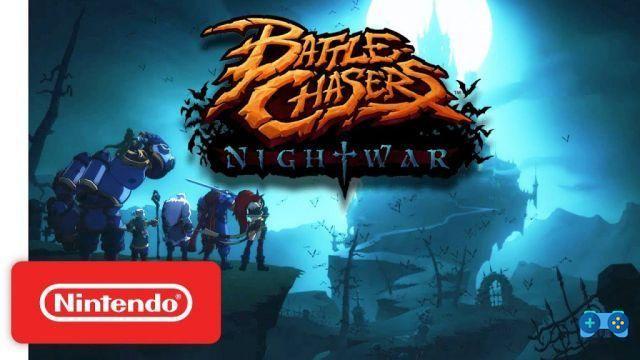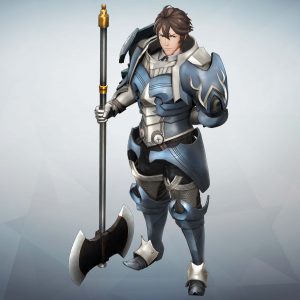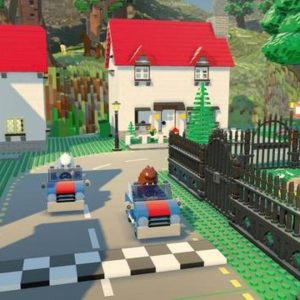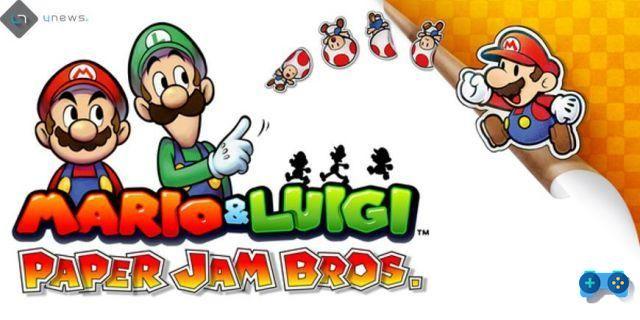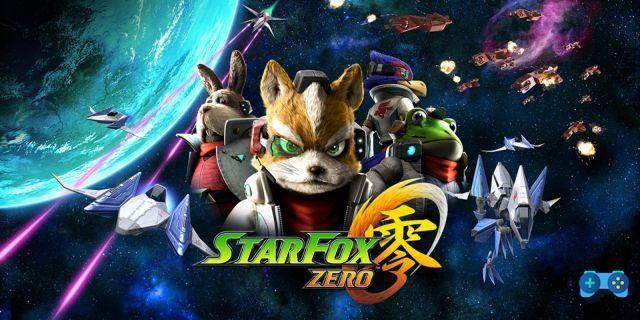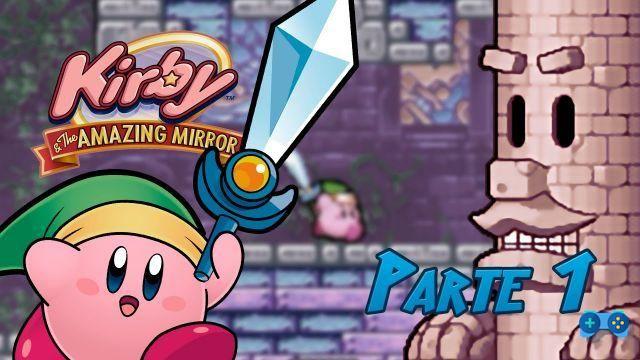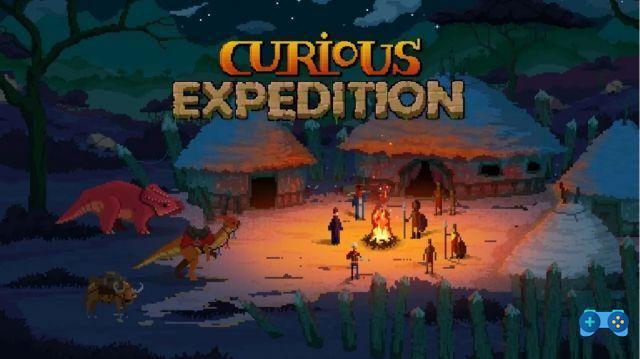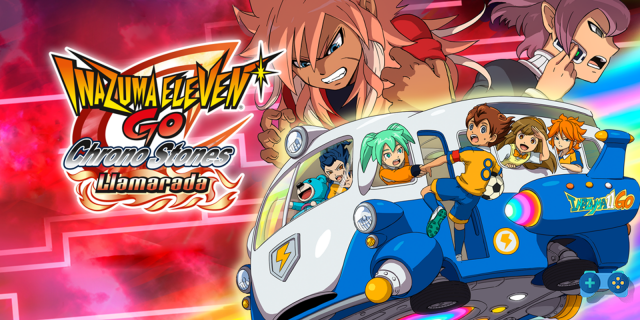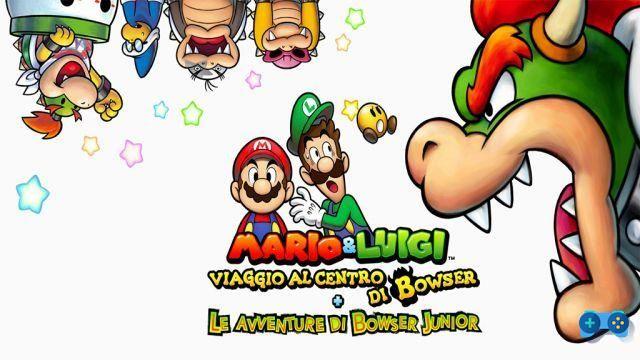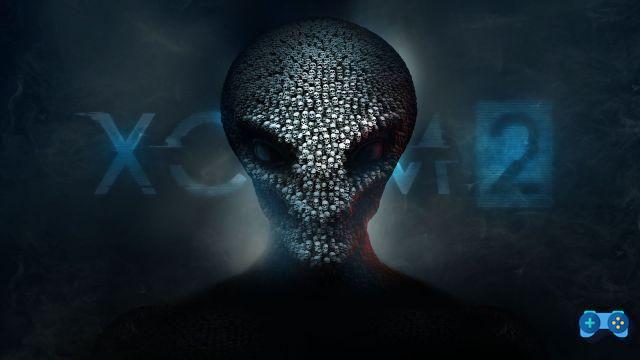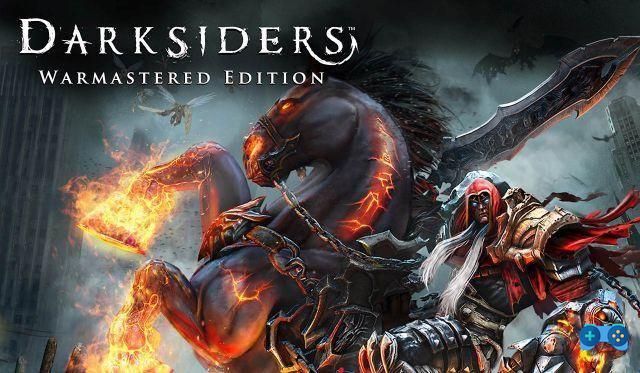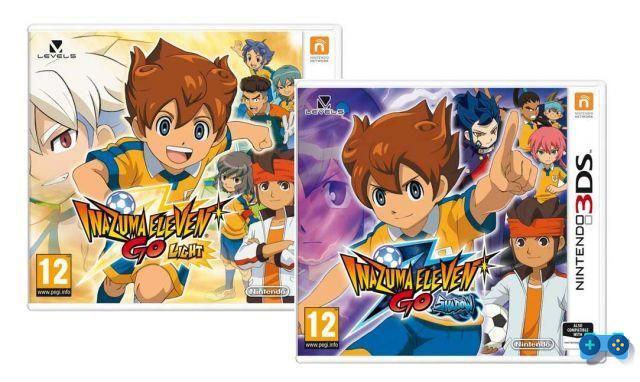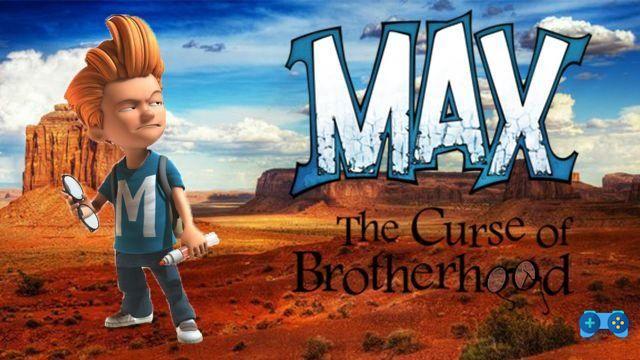
Max: The Curse of Brotherhood is an adventure filled with cinematics, puzzles, action and creativity. Armed only with his magic marker, Max will have to face the evil lurking in an adverse fantasy world, hoping to save his little brother Felix. Join Max on this great adventure!
Version tested: Nintendo Switch
Combining traditional platforming elements with incredibly beautiful puzzle games, Max: The Curse of Brotherhood will take you on a cinematic fairytale adventure.
When Max hopes his annoying little brother will be taken away, he gets more than he bargained for… Armed only with his trusty Magic Marker, Max must travel to a hostile and ruthless world to save his kidnapped brother, Felix.
Take on lantern-lit swamps, ancient temples, and verdant forests as you face off against Mustacho's henchmen. Use the indicator to overwhelm your enemies, define new paths and protect yourself during your search.
Don't give up Unleash the power of the Marker, find your way through a scary and fantastic world and take down the evil Lord Mustacho.
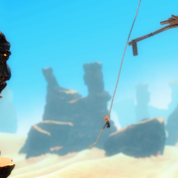 A timeless adventure.
A timeless adventure.
Max: The Curse of Brotherhood is a puzzle-platformer that is now just over four years old; was originally released in 2013 on other consoles as a sequel to Max & The Magic Marker (a title for Wiiware and Nintendo DS). Now the game has arrived on the Switch, no doubt hoping to be counted among the many success stories we've seen for indie developers on the eShop. Can he become a masterpiece, then, or have the past few years been unkind to him? Let's take a look.
The game opens with a beautifully animated cutscene in which Max is exasperated by his younger brother, Felix. Using the search engine 'Giggle' for advice, Max stumbles upon a type of joke he reads aloud, accidentally having his brother steal through a magical portal in the process. Jumping into it to save him, Max finds himself in a strange world full of platforms, puzzles and enemies to fight his way through.
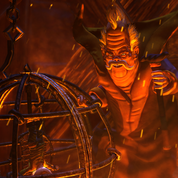 An extremely varied world.
An extremely varied world.
Divided into several chapters, you will find yourself faced with all these game elements within thematic worlds; the usual ambient levels, as well as some odd occasional locations, less commonly used but that really shine when encountered. In addition to the traditional platformer, you will also find a series of chase sequences throughout your adventure. The difficulty of these worlds never becomes a powerful and daunting challenge, but it will certainly cause several deaths and introduce some intensity when they arrive.
The best part by far, however, and the mechanics the whole game revolves around, is how you have to use the Magic Marker to solve puzzles. The pen will unlock various abilities as you reach new chapters, essentially allowing you to interact with the scenario in a new way each time. Starting at specific points on the screen indicated by the set colors, you can use the marker to draw shapes with branches or vines to travel, or even lift platforms and create jets of water to push yourself or objects around. Creativity isn't completely free - you can't draw any shape anywhere - but the puzzles leave enough room for you to have a lot of fun.
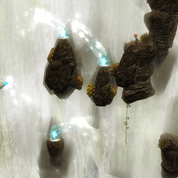 A rebellious and autonomous Max.
A rebellious and autonomous Max.
Unfortunately, overcoming the well-thought-out puzzles in each section means dealing with the inaccuracies of the left stick-guided marker. It is not so much that their solutions are difficult to understand, but rather that you cannot draw where you want and you can only use a small amount of ink. When I was able to draw, my screws, water spouts or fireballs didn't always turn out the way I wanted. The indicator looks inaccurate exactly as it appears on the screen.
When I was able to make the Felt Pen work, I was able to make Max interact perfectly with the environment, creating the aforementioned screws, spouts for water or fireballs, and building, metaphorically, a perfect mousetrap. Thanks to this implementation, some levels are truly and extraordinarily epic as a whole.
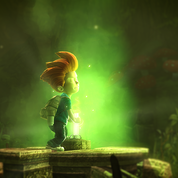 An appropriate challenge.
An appropriate challenge.
As you advance in the game the challenge becomes more important to figure out which powers to use and in what order, and then draw them perfectly in real time, while running away from something. If one piece of the puzzle doesn't fit perfectly, you have to redo everything. This can lead to some frustration.
I assumed having a stronger Marker with extra powers would be more enjoyable as I went along, but I've found that trying to put together more imprecise powers is a lot more annoying than challenging. Meanwhile, the collectible eyeballs hidden in the levels require a bit of extra skill to solve the puzzles to solve, but, with no mention of how he found them all, I wasn't really motivated to track down the rest.
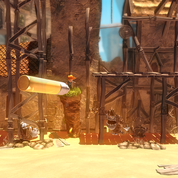 A game adapted to the Switch nature.
A game adapted to the Switch nature.
Thanks to the nature of the Switch, if you choose to play in Handheld mode you can use the touch screen to draw with your finger. Or, if you prefer, you can use a combination of left stick, right trigger and buttons; all on any controller configuration you like. Both methods work well, although we confirm that playing with a controller in your hands is slightly more accurate.
Dragging the marker across the screen with a joystick is no slower than a finger and, in fact, using your finger means that sometimes the hand is in the way you are drawing. We also recommend playing games on a TV if you can, as there are times when the camera pans over particularly wide shots; it's not terrible in Handheld mode, but this was a game designed for traditional home consoles. This confirms that it becomes especially noticeable in situations like this.
The art of each world you visit, and especially the animation of the game's cutscenes, as we said earlier, is lovely. Running the game as a whole isn't as strong as it would be in an ideal world, though; you'll notice a lot of blurry edges, blurry backgrounds, and moments when everything needs half a second to recover. This never affects the playability of the puzzles or causes any level of frustration; it simply prevents it from being a truly high quality package. Basically, the puzzles and the interaction with the scenario are the things that will win you over; all visual resolution issues are mostly forgotten.
Conclusion.
Max: Curse of the Brotherhood uses beautifully implemented drawing mechanics to solve puzzles that may often seem familiar, but are usually different enough to stay fun and fresh. The platforming, chase sequences, and even the final boss won't put you too much in trouble. The duration of the campaign is around seven hours, but you may find yourself out of time from time to time due to puzzles that may require you to try several times.
It's not quite perfect, and there are many small areas where we feel the game could be improved; however, I finally enjoyed playing this adventure and enjoyed the basic mechanics. It can't compete with the true elites of its genres but is definitely a welcome addition to the eShop. So if you love the puzzle-platforming genre and want to add another game to your collection, this wouldn't be a bad title to consider.
- - Lightweight texture and suitable for everyone
- - Noteworthy puzzles
- - Excellent music and atmosphere
- - Controls sometimes busted
- - Challenges that are sometimes too simple




